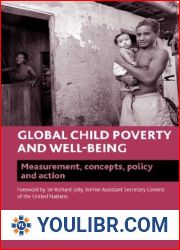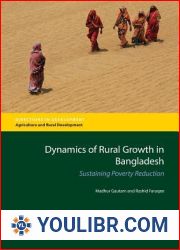
BOOKS - Beyond Ending Poverty: The Dynamics of Microfinance in Bangladesh (Directions...


US $5.66

852742

852742
Beyond Ending Poverty: The Dynamics of Microfinance in Bangladesh (Directions in Development;Directions in Development - Poverty)
Author: Shahidur R. Khandker
Year: July 20, 2016
Format: PDF
File size: PDF 13 MB
Language: English
Year: July 20, 2016
Format: PDF
File size: PDF 13 MB
Language: English
The recent past has witnessed phenomenal growth in MFIs around the world. Today as many as 200 million people are beneficiaries of microfinance. Given its worldwide attention, microfinance has received serious criticism, including the argument that it is a fad with less-than-expected benefits for the poor. Surely, microfinance is not without any pitfalls. Yet the premise of improving access to financial services for consumption smoothing by the poor has never been a subject of controversy. What has been controversial is whether microfinance can alleviate poverty. That the poor lack an effective and affordable alternative financing mechanism to support income generation does not necessarily mean microfinance is a panacea since it involves entrepreneurial skills, which many poor lack. It is little wonder that studies evaluating the benefits of microfinance have produced conflicting results. Of course, study findings are They are positive in conducive environments and less so in unfavorable ones. Microfinance must be distinguished from anti-poverty schemes (e.g., conditional cash transfers) because benefits from microfinance-supported activities, which involve participants' entrepreneurial skills and ability, take time to realize.This book using household long panel survey of 1991 92-2010 11 from Bangladesh addresses some of criticisms - including whether pushing microfinance has made it redundant as a tool for poverty reduction - while investigating whether it still matters for the poor after two decades of extensive growth. The book's findings confirm the positive effects of continued borrowing from a microfinance program. Despite a manifold increase in microfinance borrowing, loan recovery has not declined and long-term borrowers are not trapped in poverty or debt. Interest rates charged by MFIs are not too high for realizing returns on investment, although the MFIs have scope for lowering them. The book is expected to contribute to the ongoing debate on the cost-effectiveness of microfinance as a tool for inclusive growth and development. It is expected to fill knowledge gaps in understanding the various virtues of microfinance against its portrayal as having drifted from its original poverty-reduction mission.














































